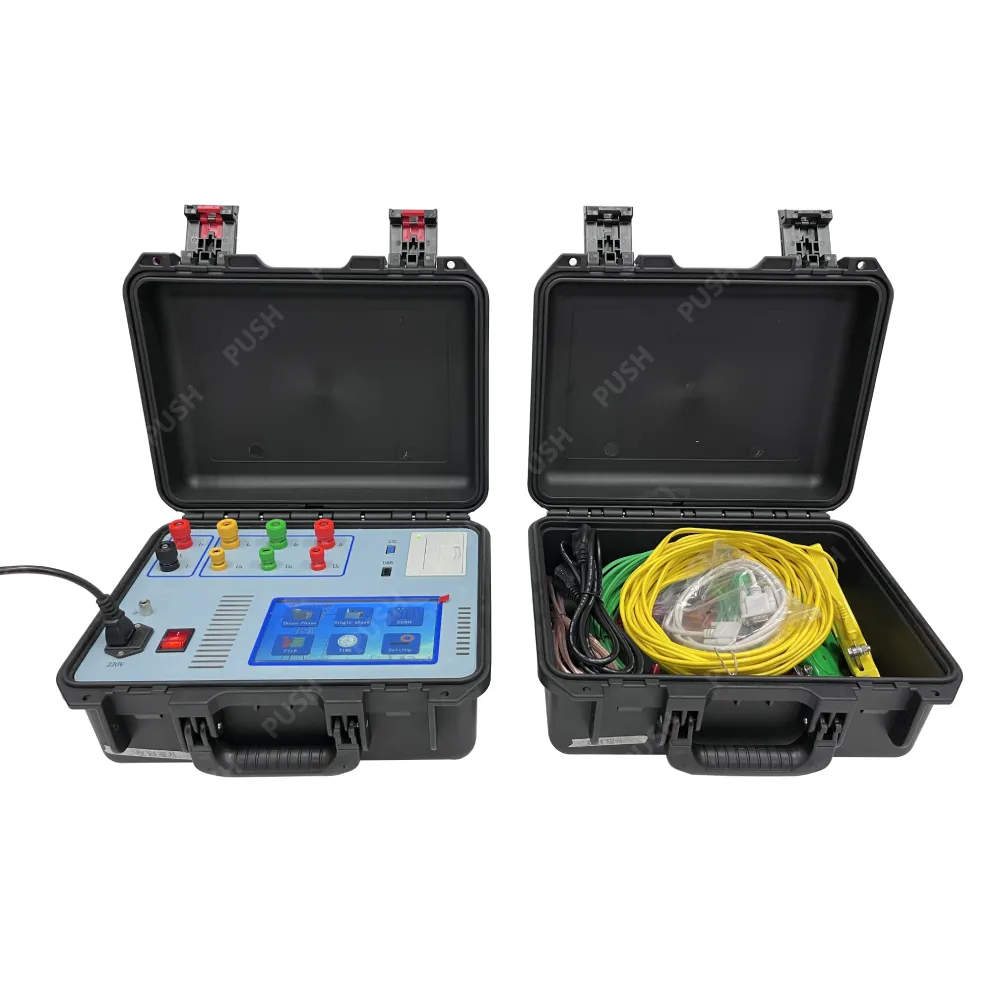TEL:
+86-0312-3189593
 English
English

Telephone:0312-3189593

Email:sales@oil-tester.com

-
 Afrikaans
Afrikaans -
 Albanian
Albanian -
 Amharic
Amharic -
 Arabic
Arabic -
 Armenian
Armenian -
 Azerbaijani
Azerbaijani -
 Basque
Basque -
 Belarusian
Belarusian -
 Bengali
Bengali -
 Bosnian
Bosnian -
 Bulgarian
Bulgarian -
 Catalan
Catalan -
 Cebuano
Cebuano -
 China
China -
 China (Taiwan)
China (Taiwan) -
 Corsican
Corsican -
 Croatian
Croatian -
 Czech
Czech -
 Danish
Danish -
 Dutch
Dutch -
 English
English -
 Esperanto
Esperanto -
 Estonian
Estonian -
 Finnish
Finnish -
 French
French -
 Frisian
Frisian -
 Galician
Galician -
 Georgian
Georgian -
 German
German -
 Greek
Greek -
 Gujarati
Gujarati -
 Haitian Creole
Haitian Creole -
 hausa
hausa -
 hawaiian
hawaiian -
 Hebrew
Hebrew -
 Hindi
Hindi -
 Miao
Miao -
 Hungarian
Hungarian -
 Icelandic
Icelandic -
 igbo
igbo -
 Indonesian
Indonesian -
 irish
irish -
 Italian
Italian -
 Japanese
Japanese -
 Javanese
Javanese -
 Kannada
Kannada -
 kazakh
kazakh -
 Khmer
Khmer -
 Rwandese
Rwandese -
 Korean
Korean -
 Kurdish
Kurdish -
 Kyrgyz
Kyrgyz -
 Lao
Lao -
 Latin
Latin -
 Latvian
Latvian -
 Lithuanian
Lithuanian -
 Luxembourgish
Luxembourgish -
 Macedonian
Macedonian -
 Malgashi
Malgashi -
 Malay
Malay -
 Malayalam
Malayalam -
 Maltese
Maltese -
 Maori
Maori -
 Marathi
Marathi -
 Mongolian
Mongolian -
 Myanmar
Myanmar -
 Nepali
Nepali -
 Norwegian
Norwegian -
 Norwegian
Norwegian -
 Occitan
Occitan -
 Pashto
Pashto -
 Persian
Persian -
 Polish
Polish -
 Portuguese
Portuguese -
 Punjabi
Punjabi -
 Romanian
Romanian -
 Russian
Russian -
 Samoan
Samoan -
 Scottish Gaelic
Scottish Gaelic -
 Serbian
Serbian -
 Sesotho
Sesotho -
 Shona
Shona -
 Sindhi
Sindhi -
 Sinhala
Sinhala -
 Slovak
Slovak -
 Slovenian
Slovenian -
 Somali
Somali -
 Spanish
Spanish -
 Sundanese
Sundanese -
 Swahili
Swahili -
 Swedish
Swedish -
 Tagalog
Tagalog -
 Tajik
Tajik -
 Tamil
Tamil -
 Tatar
Tatar -
 Telugu
Telugu -
 Thai
Thai -
 Turkish
Turkish -
 Turkmen
Turkmen -
 Ukrainian
Ukrainian -
 Urdu
Urdu -
 Uighur
Uighur -
 Uzbek
Uzbek -
 Vietnamese
Vietnamese -
 Welsh
Welsh -
 Bantu
Bantu -
 Yiddish
Yiddish -
 Yoruba
Yoruba -
 Zulu
Zulu
Vas . 15, 2025 16:58
Back to list
PS-BB103 Three Phase Transformer Turns Ratio Meter Tester Price Ttr Tester
Understanding the turn ratio test of power transformers is fundamental for electrical professionals, especially those dealing with transformer maintenance and diagnostics. This critical test provides insight into the condition and functionality of power transformers, ensuring that they operate efficiently and safely. In this article, we will delve into the intricacies of the turn ratio test, highlighting its importance, how it is conducted, and the metrics used to evaluate its results.
Trustworthiness in performing turn ratio tests also extends to the calibration and maintenance of the testing equipment itself. It is recommended that testing instruments are regularly calibrated in accordance with industry standards to ensure they function correctly. Furthermore, a comprehensive documentation process that includes recording conditions during the test, the test method employed, and previous test results reinforces the trustworthiness of the procedure. Advanced diagnostic techniques combined with the turn ratio test can offer a more nuanced understanding of a transformer's health. Technologies such as sweep frequency response analysis (SFRA) can be used in conjunction to detect even minute changes in the mechanical and electrical structure, thereby acting as a complementary measure in ensuring transformer reliability. Incorporating regular turn ratio testing into maintenance schedules can extend transformer life and avoid costly repairs or replacements. Routine evaluations help in early detection of potential failures, aiding electrical maintenance teams in planning and executing repairs proactively, thereby minimizing unplanned outages and maintaining system reliability. In conclusion, the turn ratio test is a vital part of transformer lifecycle management, underscoring its role in ensuring power systems operate efficiently. Its efficacy relies on the expertise of professionals conducting the test, their authoritative understanding of transformer operations, and a trustworthy approach toward data management and interpretation. Thus, by maintaining rigorous standards in testing procedures and equipment calibration, electrical professionals can reinforce their commitment to safety and operational excellence in power transformer management.


Trustworthiness in performing turn ratio tests also extends to the calibration and maintenance of the testing equipment itself. It is recommended that testing instruments are regularly calibrated in accordance with industry standards to ensure they function correctly. Furthermore, a comprehensive documentation process that includes recording conditions during the test, the test method employed, and previous test results reinforces the trustworthiness of the procedure. Advanced diagnostic techniques combined with the turn ratio test can offer a more nuanced understanding of a transformer's health. Technologies such as sweep frequency response analysis (SFRA) can be used in conjunction to detect even minute changes in the mechanical and electrical structure, thereby acting as a complementary measure in ensuring transformer reliability. Incorporating regular turn ratio testing into maintenance schedules can extend transformer life and avoid costly repairs or replacements. Routine evaluations help in early detection of potential failures, aiding electrical maintenance teams in planning and executing repairs proactively, thereby minimizing unplanned outages and maintaining system reliability. In conclusion, the turn ratio test is a vital part of transformer lifecycle management, underscoring its role in ensuring power systems operate efficiently. Its efficacy relies on the expertise of professionals conducting the test, their authoritative understanding of transformer operations, and a trustworthy approach toward data management and interpretation. Thus, by maintaining rigorous standards in testing procedures and equipment calibration, electrical professionals can reinforce their commitment to safety and operational excellence in power transformer management.
Latest news
-
Testing Equipment Industry Sees Major Advancements in 2025: Smart & Precision Technologies Lead the WayNewsJun.06,2025
-
Applications of Direct Current Generators in Renewable Energy SystemsNewsJun.05,2025
-
Hipot Tester Calibration and Accuracy GuidelinesNewsJun.05,2025
-
Digital Circuit Breaker Analyzer Features and BenefitsNewsJun.05,2025
-
Benefits of Real-Time Power Quality Monitoring Devices for Industrial EfficiencyNewsJun.05,2025
-
Earth Fault Loop Testing in High-Rise Building Electrical SystemsNewsJun.05,2025



